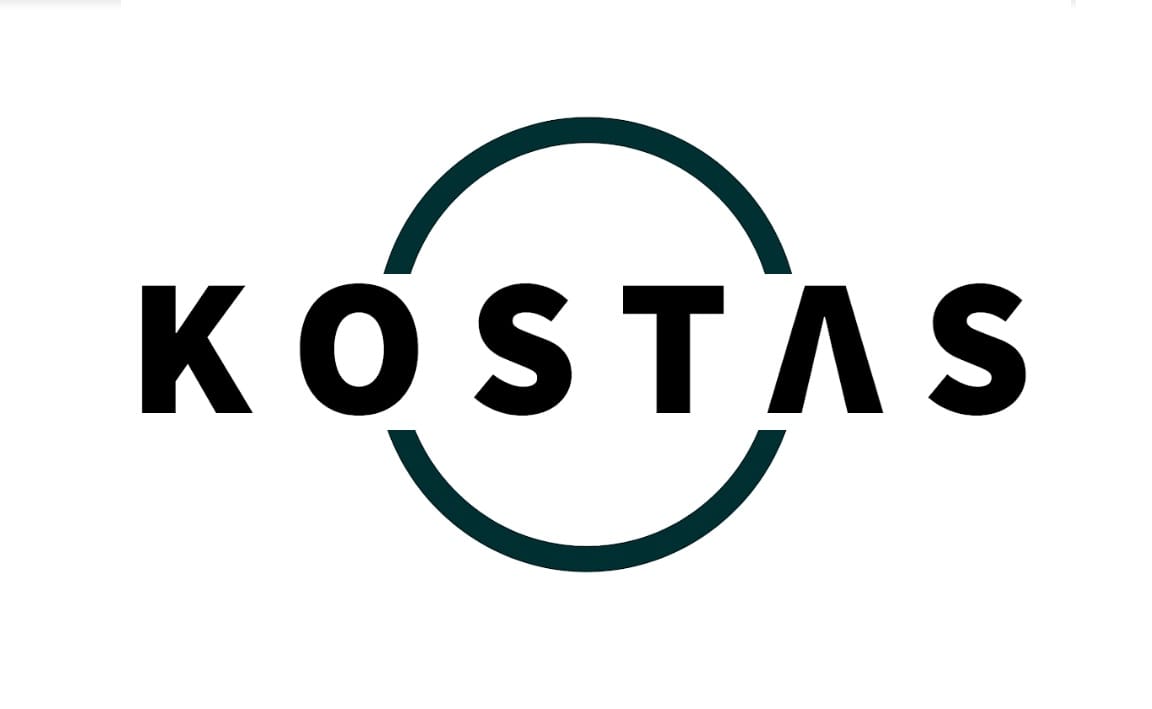Into the Matrix
Matrix is a structure designed to foster collaboration across boundaries. It enables better coordination, faster decision-making, and more balanced perspectives. Instead of optimizing for a single function, the matrix encourages organizations to optimize for shared outcomes.

There was a time when most companies looked like pyramids (some still do). A clear boss at the top, functions operating in silos, reporting lines neatly stacked. It was a model built for control, efficiency, and predictability—characteristics that served businesses well for much of the 20th century.
Globalization, digital acceleration, customer-centric models, and the need for speed started to challenge the old ways. Companies could no longer afford to work in silos. Solving complex problems, launching new digital products, or delivering seamless customer experiences required teams to collaborate across functions and borders. Apple paved the way and many others followed creating to what we have called as a matrix organization entering the scene—not just as an alternative structure, but as a response to the growing need for agility and cross-functional alignment.
Just a few years ago, the matrix model was rare, even misunderstood. Today, it’s become something of a gold standard—especially for large, global, or fast-moving businesses looking to operate with both speed and coordination. It’s not without its challenges, but when done right, it can become a north star for how modern organizations are structured and led.
Why the Matrix Emerged
At its core, the matrix model was born out of necessity. Traditional hierarchies, while stable, were too slow to react to rapid market shifts or changing customer needs. They worked well when work was predictable, but they struggled when agility became a priority.
A matrix organization challenges this rigidity by allowing employees to report to more than one manager—typically one along the functional line (like Technology, Engineering, HR, Finance) and another along the business line (like Product, Commercial, Region, or Customer Segment). This dual-reporting structure allows people to contribute where their skills are needed most, while still staying anchored to their domain of expertise.



